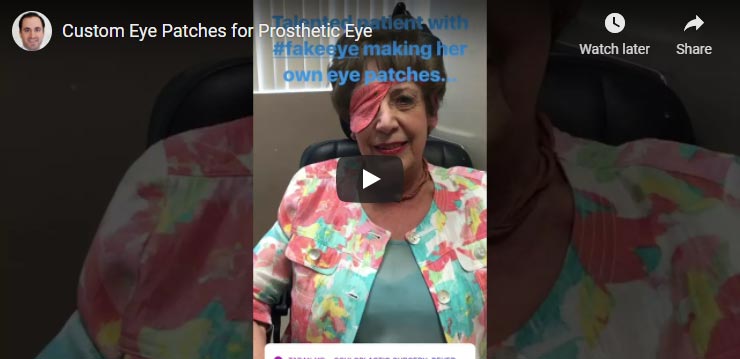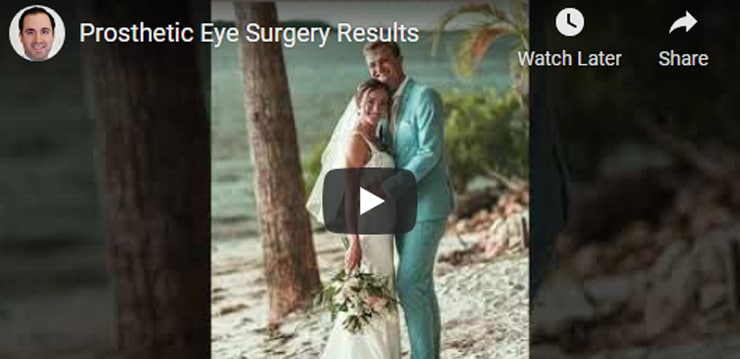Enucleation And Evisceration


What is Enucleation?
Enucleation is the surgical procedure in which is eyeball is removed for different reasons including blind/painful eye, traumatic non-salvageable eyes, and eye tumors. The enucleation surgery is done on an outpatient basis, under general anesthesia. Usually, a permanent spherical orbital implant is inserted in its place. Once healing is completed (after about 4-6 weeks), then the patient is referred to an ocularist to make an ocular prosthesis (fake eyeball) that closely matches the other healthy eyeball. Ocularists are artists certified by the American Society of Ocularists to do ocular plastic surgery such as enucleation.
What is Evisceration?
Evisceration is a procedure similar to enucleation, with the difference that the sclera (eye shell) is not removed. When indicated, evisceration is preferred as it provides better ocular motility and reduces chances of implant extrusion in the future. Exenteration is a more invasive procedure than Evisceration, where the entire contents of the orbit (eye socket), including the eye, are removed. This is usually done for select tumors or severe fungal infections.
For more information on evisceration go to eyewiki.org.
Causes for Surgery
Though causes for evisceration and enucleation surgery vary from patient to patient, there are several reasons why one might need their eyeball removed. Sometimes, these surgeries are performed as a result of an orbital fracture that caused a severe injury to the eye that may have occurred as a result of physical activity, participating in sports, injury on the job, or due to an accident at home. Other causes for enucleation and evisceration surgeries include tumors, infection, and diseases pertaining to the eyeball and genetic mutations.
Before and After Oculoplastic Surgery
Who Performs These Ocular Surgeries?
If you’re a candidate of evisceration or enucleation surgery, it’s always important to visit an experienced and board certified ocular plastic surgeon to speak with them about their suggestions and best options for your different treatment options. Your surgeon’s membership in the American Society of Ophthalmic Plastic and Reconstructive Surgery (ASOPRS) will let you know whether or not he or she is a board certified ophthalmologist, who specializes in enucleation and evisceration, and who knows the anatomy and structure of the orbit and also has had extensive training in ophthalmic plastic reconstructive and cosmetic surgery.
CONTACT THE LOS ANGELES OCULOPLASTIC EXPERT
Dr. Taban is one of the leading oculoplastic eye surgery doctors in the LA region. Contact us via online support form, or via telephone at: (310) 278-1836
Next please read about prosthetic eye and socket surgery
I needed surgery (DCR) as I had tear duct obstructions … I visited 4 doctors in total before selecting Dr. Taban. … Dr. Taban performs endoscopic DCRs. … I am happy to report that after 7 months, the procedure with Dr. Taban is still a success! … Thank you, Dr. Taban, for letting me wear eye makeup once again!





